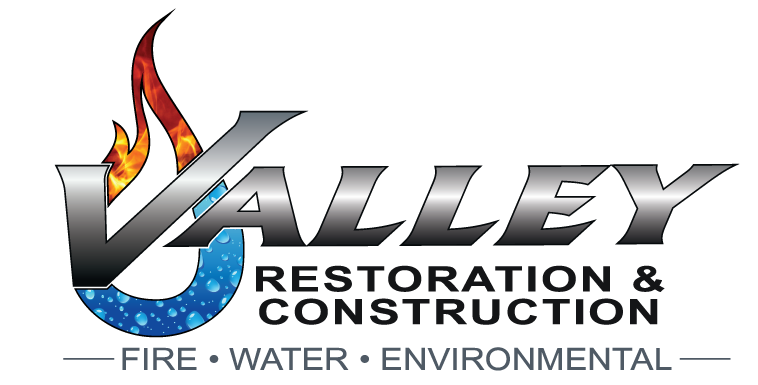During the winter, you spend a lot more time indoors. Because of this, it’s important to make sure you’re living in an environment that’s good for your health! How do you know if your living environment is dangerous? How do you ensure no new dangers arise?
Signs of an Unhealthy Living Environment
The most common aspect of a harmful living environment is poor air quality. Poor air quality can give rise to a variety of respiratory problems. These can range from less-serious short-of-breath episodes to more serious chronic health problems.
Mold
Excess moisture in your home can lead to a buildup of mold. This can trigger asthma attacks, watery eyes, itchy skin, and other allergy-like symptoms (even for those not allergic to mold). However, those who are allergic may have incredibly severe reactions. The Fix: Testing your home for mold is a great way to make sure it isn’t impacting your health. You can get your home tested by a professional or do it on your own. However, seeking professional to help test for and remediate mold can ensure the job is done right.
Poor Ventilation and Dirty Vents
If your air ducts are clogged, chances are there isn’t much circulation in your home. Stagnant air doesn’t allow allergens and other materials to exit your house. Instead, the harmful materials settle on furniture, walls, and floors. These are only later stirred up and breathed in. Similar problems arise when your vents are merely dirty. Instead of circulating clean air, dust and allergens are constantly being stirred up and breathed in rather than expelled from your house. The Fix: Clean your ventilation system on a regular basis. Make sure pests, mold, and debris aren’t clogging the system. If there is a blockage or if your system is just simply dirty, getting a professional cleaning will help make sure your living environment has a higher air quality.
Radon
Radon is a radioactive chemical that seeps up into some homes through the soil. It cannot be seen, smelled, or tasted. During the winter when your house is shut up tightly, radon has less of a chance to escape. Not taking care of the issue may cause you and your family to develop lung cancer. The Fix: In order to ensure a minimal amount of radon enters your home, there are several preventative measures you can take. First, test for radon to gauge the levels in your home (if there’s any at all). Also, you can install ventilation systems and call professionals who use methods of blocking radon from coming up through the soil. It’s important to know whether or not you have a healthy living environment. Whether you are taking care of mold, cleaning your air duct system, or mitigating radon, Valley Restoration and Construction can help ensure your air quality stays at safe and healthy levels! Visit our website to find out more.
